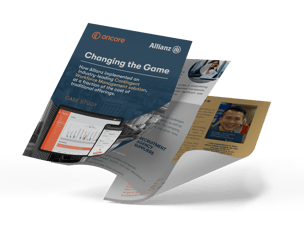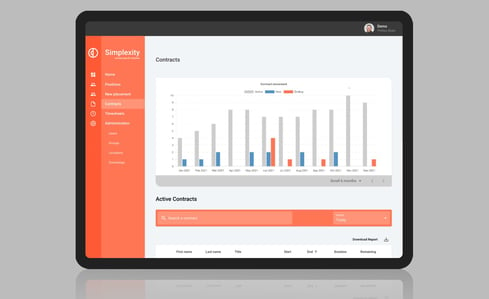Head of APAC at Dropbox, Pia Broadley “People are experiencing information overload and disjointed workflows at unprecedented levels, leading to a waste of brain power on ‘work about work.’ The research highlights that distraction has become a common problem for knowledge workers and this is costing Australian businesses.“
What is igniting these distractions?
“Today’s modern work environment is filled with tech tools, visual triggers and interactions that, while designed to help make work more efficient and collaborative, can become distractions to knowledge workers,” says Broadley.
Dropbox’s report found that, amidst these interruptions, Australian workers spend an average of 131 hours annually trying to regain their focus. The report highlights the current challenges encountered by knowledge workers, indicating that 42% of those surveyed find it difficult to maintain productivity for over an hour without interruptions.
The survey additionally revealed that managers lose focus more frequently than other positions (683 hours per year compared to 553 hours for general workers). This can be attributed to managerial positions tending to require a larger amount of multitasking.
The economic and social costs of tech interruptions
The Economic Impact report puts the annual cost of distractions for Australian businesses at $27,585 per employee or 29 per cent of an average salary. According to organisational psychologist, leadership, and executive coach Peter Doyle, the repercussions go well beyond the monetary value.
“The less severe examples include increased forgetfulness, irritation and a higher frequency of mistakes,” he says. The more serious side effects can include anxiety, depression, burnout and sleep disturbance. The cost then becomes staff retention. “Some of your best people will simply vote with their feet and leave. Potentially, the culture of the workplace declines, with increased conflict, workplace grievances and sick leave across your teams, then performance, productivity and profitability can spiral.”
Furthermore, the study suggests that knowledge workers are progressively resorting to automation tools, such as AI, for support. Among the respondents utilising these tools, 79% experienced enhanced productivity, while nearly 75% observed enhancements in work quality and efficiency in handling repetitive tasks. Moreover, close to 70% acknowledged improvements in an organisation.
Discovering solutions and concentration on AI
Despite work-related communication being a significant factor for lost focus in employees, there is concern that reducing communication may impede collaboration and teamwork.
According to Pia Broadley, Head of APAC at Dropbox, creating a balance between fostering strong collaboration and minimising distractions means focusing on the quality of interactions rather than the quantity.
The Economic Impact Report found managers consider 27 per cent of their meetings to be unproductive. With 98 per cent of all business meetings containing at least one remote participant, it then becomes essential to make communications and collaboration, regardless of in-person or remote, a stimulating experience for all involved.
The arm-wrestle conversations around AI and automation in the workplace have occurred over the previous couple of years.
Economist Impact found that knowledge workers are increasingly adopting automation tools, including AI for help. “Generative AI is opening up a world of possibilities,” says Broadley. “AI and automation tools are already having an impact on improving workflows and reducing distractions, with 79 per cent of respondents finding they are more productive and 70 per cent saying they’re more organised [as a result of these tools].”
AI tools have removed the friction of repetitive day-to-day tasks and allowed for more time for innovative, collaborative and creative work. Automating repetitive tasks was at the top of the list, preferred by more than 40% of respondents. Nearly 30% said they wanted tools that would help them find, organise, and summarise information, while more than 20% wanted tools that could answer questions.












_11zon%20(1).jpg?width=302&height=124&name=linkedin-sales-solutions-vqWWOnA6--M-unsplash%20(2)_11zon%20(1).jpg)






-3.png?width=300&name=Recruiter%20(2)-3.png)

